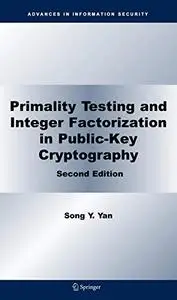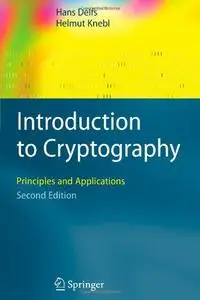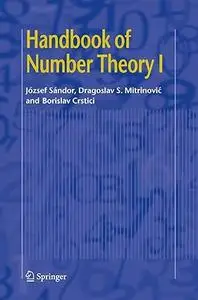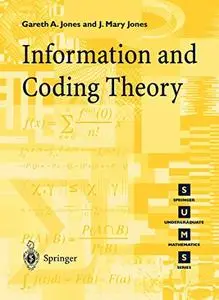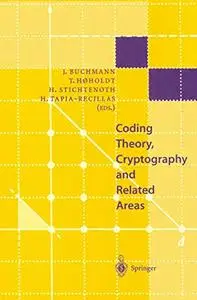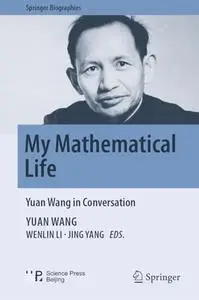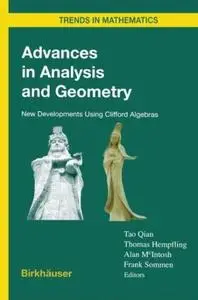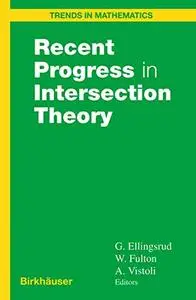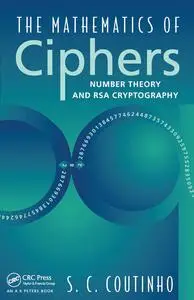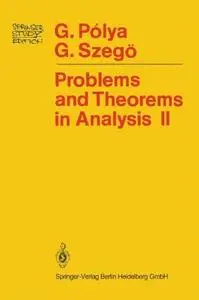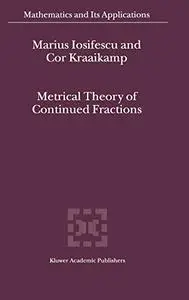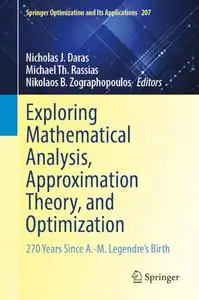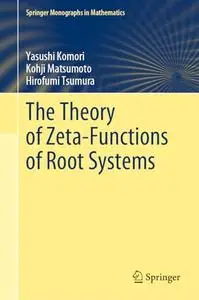Recent Progress in Intersection Theory by Geir Ellingsrud, William Fulton, Angelo VistoliEnglish | PDF | 2000 | 327 Pages | ISBN : 081764122X | 24.6 MB
The articles in this volume are an outgrowth of an International Confer ence in Intersection Theory that took place in Bologna, Italy (December 1997). In a somewhat unorthodox format aimed at both the mathematical community as well as summer school students, talks were research-oriented as well as partly expository. There were four series of expository talks by the following people: M. Brion, University of Grenoble, on Equivariant Chow groups and applications; H. Flenner, University of Bochum, on Joins and intersections; E. M. Friedlander, Northwestern University, on Intersection products for spaces of algebraic cycles; R. Laterveer, University of Strasbourg, on Bigraded Chow (co)homology. Four introductory papers cover the following topics and bring the reader to the forefront of research: 1) the excess intersection algorithm of Stuckrad and Vogel, combined with the deformation to the normal cone, together with many of its geo metric applications; 2) new and very important homotopy theory techniques that are now used in intersection theory; 3) the Bloch-Beilinson filtration and the theory of motives; 4) algebraic stacks, the modern language of moduli theory. Other research articles concern such active fields as stable maps and Gromov-Witten invariants, deformation theory of complex varieties, and others. Organizers of the conference were Rudiger Achilles, Mirella Manaresi, and Angelo Vistoli, all from the University of Bologna; the scientific com mittee consisted of Geir Ellingsrud, University of Oslo, William Fulton, University of Michigan at Ann Arbor, and Angelo Vistoli. The conference was financed by the European Union (contract no.



